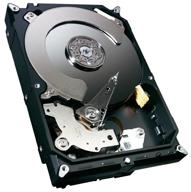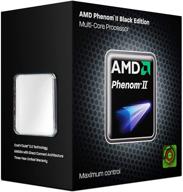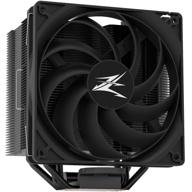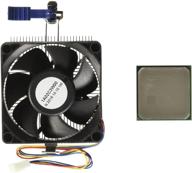
Review on Enhance Your Audio Experience with the ASUS Strix SOAR Sound Card by Stanisaw Nader ᠌

Lousy product, low quality.
Based on the results of almost a year of operation, the ASUS Strix Soar has disappointed a little more than completely. In short, the sound is extremely problematic. If a little more detailed, then, without claiming to have perfect hearing and possessing acoustics of at least Hi-Fi level, I noticed one thing - the level of protection of this product from power pickups and pickups on signal lines is zero. Everything is heard . here is a subtle squeak - the load on the GPU has gone. Here clicks - there is an appeal to the hard disk. Here's a rare moment of barely audible white noise - completely plain. Oh, and here is a small click and silence - the controller realized that there was no activity, and fell asleep. In my memory, only a penny AC97-compatible codec on a penny board on an i810 with Celeron on board in the early 2022s allowed itself such a thing. Rearranging the sound card by slots did not change anything much. I sinned on the PSU and the motherboard. The motherboard died, the situation only got worse on the new one. BP? Maybe, but on other zvukovuha, including with external power, there were no problems. Tested on Creative X-Fi and ASUS Xonar. They didn't even have that kind of problem. ASUS Strix Soar is garbage that is not suitable for real use outside of sterile laboratory conditions with ideal nutrition. With such sensitivity to power, all the achievements in all sorts of RightMarks, replaceable op-amps and other whistle-blowing things are meaningless. PS: yes, the bundled software corresponds in quality to the board - the braking and twisting parts. I used to think that Creative has a native control panel with a brake . nothing like that, ASUS surpassed them. The software is especially fun when more than one user is logged in at the same time. Gentlemen, the 21st century is in the yard, Windows 10, and you still cannot write software that can run in more than one instance?! Like a cherry on a cake - when switching outputs, the card recreates the device for some kind of goblin, which automatically leads to the player freezing or the sound being played at the moment of switching disappears. :
- The sound in the headphones, in principle, is not bad, if you do not pay attention to the noise. I worked with grief in half for 2.5 years and died - the USB controller is initialized (who does not know - this sound - a crutch on a crutch - USB sound on the ASMedia PCIE-USB controller), but the sound on it first started up every other time, then it completely ceased to be detected .
- There is no protection against pickups on power supply and signal lines. "Audiophile" allegedly a screen that should shield from interference - a fiction, a purely decorative piece of PLASTIC! All pickups from any iron activity in the system unit are faithfully transmitted to the speakers and headphones. The sound card is based on a USB audio chip. The connection to PCIe is implemented with crutches through the PCIe-USB ASMedia controller soldered on the sound card board. If part of the USB connectors on the motherboard hang on a chip from ASMedia, they will most likely stop working after installing the drivers for the sound card (this happened to me on ASUS P8Z77-V). After switching the audio output from speakers to headphones and back, the device ID in Windows changes. If any program is playing sound at this moment, the sound disappears and does not appear until the program is restarted. Actual for AIMP, MediaPlayer Classic, Firefox, Chrome.
New products
Comments (0)
Similar reviews
Top products in 🧰 Computer Internal Components
Another interesting products
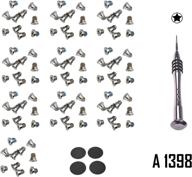
🔧 Premium Repair Replacement Screws & Tools for MacBook Pro Retina 15"/13" - Complete Bottom Case Set

10 Review
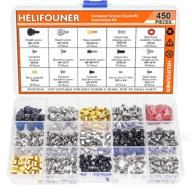
🖥️ Helifouner 450-Piece Computer Standoffs Spacer Screws Kit: Ideal for Hard Drive, Motherboard, Fan, Power Graphics & Computer Cases

10 Review
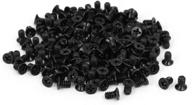
uxcell 3.5" HDD Screw Black 200pcs for Computer PC Case - Flat Phillips Head - 6#-32 - Hard Drive Fasteners

10 Review
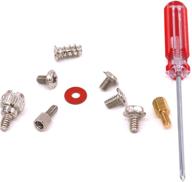
Glarks 660 Pieces Phillips Assortment Motherboard

10 Review


